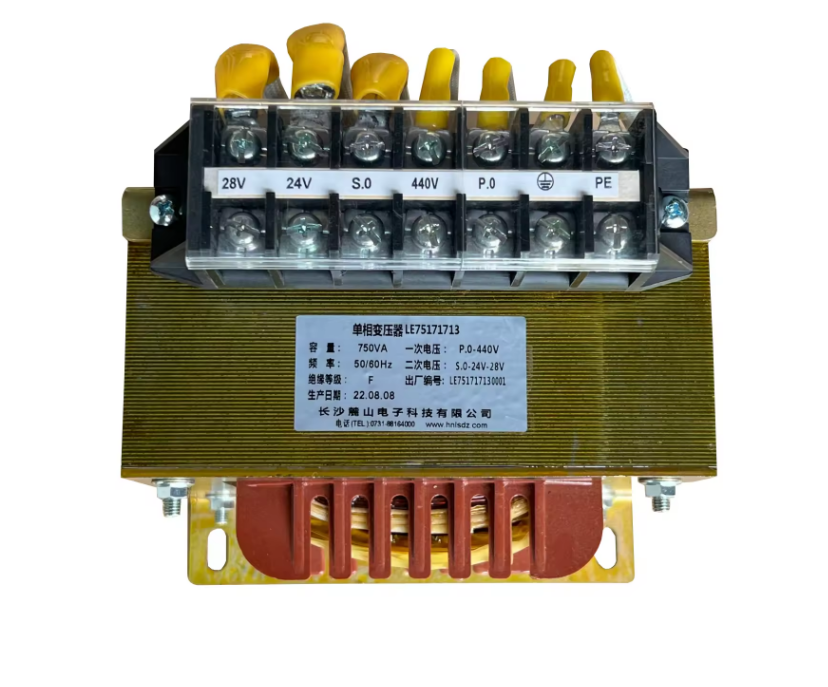Transformers are the unsung heroes of the electrical world, silently powering our modern lives. These remarkable devices play a crucial role in transmitting electricity efficiently and safely. In this blog post, we will delve into the world of transformers and explore the two common types that dominate the industry. By understanding their unique characteristics and applications, you will gain a deeper appreciation for these powerhouses of electrical engineering.
- Step-Up Transformers:
Step-up transformers are the workhorses responsible for elevating voltage levels in power transmission systems. They play a vital role in long-distance electricity transmission, minimizing energy losses and ensuring efficient power delivery. By increasing the voltage, step-up transformers enable electricity to travel over vast distances, reducing the need for costly infrastructure and minimizing environmental impact.
Key Features:
- Primary coil has fewer turns than the secondary coil, resulting in voltage amplification.
- Used in power plants, substations, and high-voltage transmission lines.
- Facilitates long-distance power transmission with reduced energy losses.
- Enables efficient power distribution across regions and countries.
Applications:
- Power transmission from generating stations to substations.
- Interconnecting power grids across different regions.
- Facilitating international power exchange.
- Step-Down Transformers:
Step-down transformers, as the name suggests, perform the opposite function of step-up transformers. They are responsible for reducing high voltage levels to safer and more manageable levels for everyday use. Step-down transformers are found in various applications, from residential homes to industrial settings, ensuring the safe and efficient distribution of electricity.
Key Features:
- Primary coil has more turns than the secondary coil, resulting in voltage reduction.
- Used in electrical distribution systems, appliances, and electronic devices.
- Provides safe voltage levels for residential, commercial, and industrial use.
- Enables compatibility between different electrical devices.
Applications:
- Power distribution from substations to residential and commercial areas.
- Powering household appliances and electronic devices.
- Industrial machinery and equipment operation.
Conclusion:
Transformers are the unsung heroes that silently shape our modern world. By understanding the two common types of transformers, step-up and step-down, we gain insight into their crucial roles in power transmission and distribution. Step-up transformers elevate voltage levels, enabling efficient long-distance transmission, while step-down transformers reduce voltage for safe and practical use. These powerhouses of electrical engineering ensure the reliable and sustainable supply of electricity, powering our lives and driving technological advancements.

